3D Imaging Method Determines Prostate Cancer Aggressiveness
|
By LabMedica International staff writers Posted on 23 Dec 2021 |
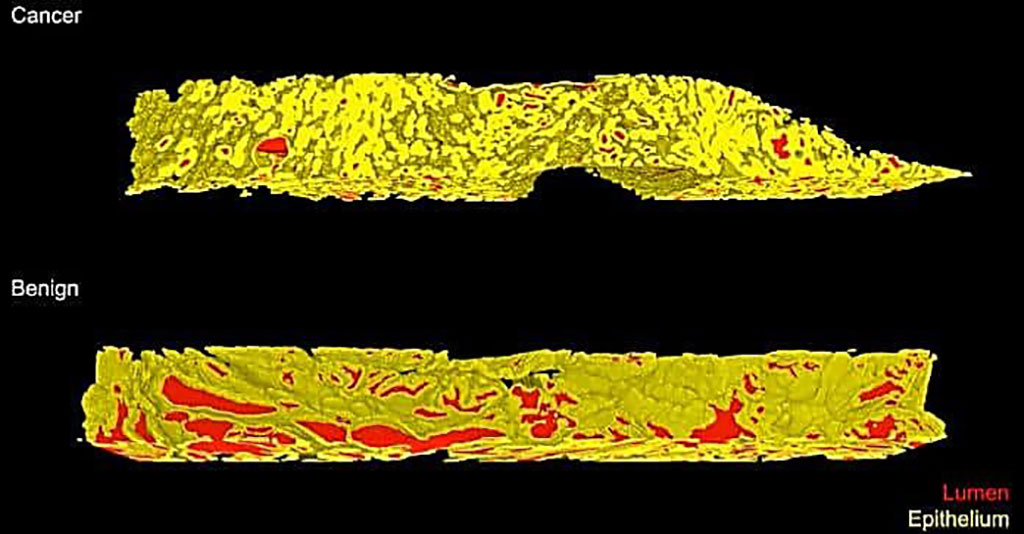
Image: A screenshot of a volume rendering of glands in two 3D biopsy samples from prostates (yellow: the outer walls of the gland; red: the fluid-filled space inside the gland). The cancer sample (top) shows smaller and more densely packed glands compared to the benign tissue sample (bottom) (Photo courtesy of Xie et al./Cancer Research)
Prostate cancer is the most common cancer for men and, for men in the USA, and it is the second leading cause of death. Prostate cancer treatment planning is largely dependent upon examination of core-needle biopsies. The microscopic architecture of the prostate glands forms the basis for prognostic grading by pathologists.
Some prostate cancers (PCas)might be slow-growing and can be monitored over time whereas others need to be treated right away. To determine how aggressive someone's cancer is, doctors look for abnormalities in histological specimens of biopsied tissue on a slide, but this 2D method makes it hard to properly diagnose borderline cases.
Biomedical Engineers at the University of Washington (Seattle, WA, USA) and their colleagues developed a workflow for non-destructive 3D pathology and computational analysis of whole prostate biopsies labeled with a rapid and inexpensive fluorescent analog of standard H&E staining. The team imaged 300 ex vivo biopsies extracted from 50 archived radical prostatectomy specimens, of which 118 biopsies contained cancer.
The biopsy cores were processed stained to mimic the typical staining used in the 2D method. The team then imaged each entire biopsy core using an open-top light-sheet microscope, which uses a sheet of light to optically “slice” through and image a tissue sample without destroying it. Multi-channel illumination was provided by a fourchannel digitally controlled laser package (Cobolt Skyra Lasers, HÜBNER Photonics, Kassel, Germany). Tissues were imaged at near Nyquist sampling of ∼0.44 μm/pixel. The volumetric imaging time was approximately 0.5 min per mm3 of tissue for each wavelength channel. This allowed each biopsy (~1 × 1 × 20 mm), stained with two fluorophores (T&E), to be imaged in ~20 minutes.
The scientists reported that the 3D images provided more information than a 2D image, specifically, details about the complex tree-like structure of the glands throughout the tissue. These additional features increased the likelihood that the computer would correctly predict a cancer's aggressiveness. They used new AI methods, including deep-learning image transformation techniques, to help manage and interpret the large datasets this project generated. The 3D glandular features in cancer biopsies were superior to corresponding 2D features for risk stratification of low- to intermediate-risk PCa patients based on their clinical biochemical recurrence (BCR) outcomes.
Jonathan Liu, PhD, a professor of mechanical engineering and of bioengineering and a senior author of the study, said, “We show for the first time that compared to traditional pathology, where a small fraction of each biopsy is examined in 2D on microscope slides, the ability to examine 100% of a biopsy in 3D is more informative and accurate. This is exciting because it is the first of hopefully many clinical studies that will demonstrate the value of non-destructive 3D pathology for clinical decision-making, such as determining which patients require aggressive treatments or which subsets of patients would respond best to certain drugs.”
The authors concluded that the results of this study support the use of computational 3D pathology for guiding the clinical management of prostate cancer. The study was published on December 1, 2021 in the journal Cancer Research.
Related Links:
University of Washington
HÜBNER Photonics
Some prostate cancers (PCas)might be slow-growing and can be monitored over time whereas others need to be treated right away. To determine how aggressive someone's cancer is, doctors look for abnormalities in histological specimens of biopsied tissue on a slide, but this 2D method makes it hard to properly diagnose borderline cases.
Biomedical Engineers at the University of Washington (Seattle, WA, USA) and their colleagues developed a workflow for non-destructive 3D pathology and computational analysis of whole prostate biopsies labeled with a rapid and inexpensive fluorescent analog of standard H&E staining. The team imaged 300 ex vivo biopsies extracted from 50 archived radical prostatectomy specimens, of which 118 biopsies contained cancer.
The biopsy cores were processed stained to mimic the typical staining used in the 2D method. The team then imaged each entire biopsy core using an open-top light-sheet microscope, which uses a sheet of light to optically “slice” through and image a tissue sample without destroying it. Multi-channel illumination was provided by a fourchannel digitally controlled laser package (Cobolt Skyra Lasers, HÜBNER Photonics, Kassel, Germany). Tissues were imaged at near Nyquist sampling of ∼0.44 μm/pixel. The volumetric imaging time was approximately 0.5 min per mm3 of tissue for each wavelength channel. This allowed each biopsy (~1 × 1 × 20 mm), stained with two fluorophores (T&E), to be imaged in ~20 minutes.
The scientists reported that the 3D images provided more information than a 2D image, specifically, details about the complex tree-like structure of the glands throughout the tissue. These additional features increased the likelihood that the computer would correctly predict a cancer's aggressiveness. They used new AI methods, including deep-learning image transformation techniques, to help manage and interpret the large datasets this project generated. The 3D glandular features in cancer biopsies were superior to corresponding 2D features for risk stratification of low- to intermediate-risk PCa patients based on their clinical biochemical recurrence (BCR) outcomes.
Jonathan Liu, PhD, a professor of mechanical engineering and of bioengineering and a senior author of the study, said, “We show for the first time that compared to traditional pathology, where a small fraction of each biopsy is examined in 2D on microscope slides, the ability to examine 100% of a biopsy in 3D is more informative and accurate. This is exciting because it is the first of hopefully many clinical studies that will demonstrate the value of non-destructive 3D pathology for clinical decision-making, such as determining which patients require aggressive treatments or which subsets of patients would respond best to certain drugs.”
The authors concluded that the results of this study support the use of computational 3D pathology for guiding the clinical management of prostate cancer. The study was published on December 1, 2021 in the journal Cancer Research.
Related Links:
University of Washington
HÜBNER Photonics
Latest Technology News
- Portable Biosensor Diagnoses Psychiatric Disorders Using Saliva Samples
- Cell-Sorting Device Uses Electromagnetic Levitation to Precisely Direct Cell Movement

- Embedded GPU Platform Enables Rapid Blood Profiling for POC Diagnostics
- Viral Biosensor Test Simultaneously Detects Hepatitis and HIV
- Acoustofluidic Device to Transform Point-Of-Care sEV-Based Diagnostics
- AI Algorithm Assesses Progressive Decline in Kidney Function
- Taste-Based Influenza Test Could Replace Nasal Swabs with Chewing Gum
- 3D Micro-Printed Sensors to Advance On-Chip Biosensing for Early Disease Detection
- Hybrid Pipette Combines Manual Control with Fast Electronic Aliquoting
- Coral-Inspired Capsule Samples Hidden Bacteria from Small Intestine
- Rapid Diagnostic Technology Utilizes Breath Samples to Detect Lower Respiratory Tract Infections
Channels
Clinical Chemistry
view channel
VOCs Show Promise for Early Multi-Cancer Detection
Early cancer detection is critical to improving survival rates, but most current screening methods focus on individual cancer types and often involve invasive procedures. This makes it difficult to identify... Read more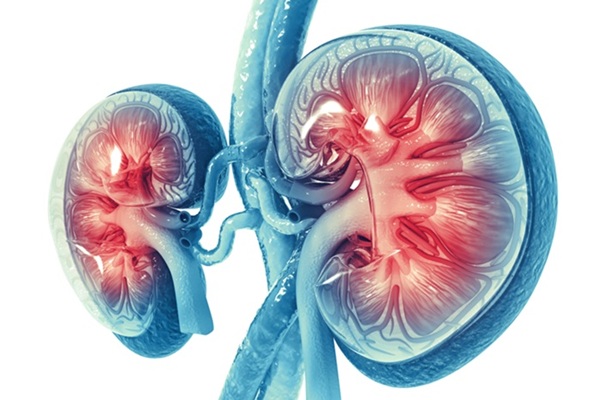
Portable Raman Spectroscopy Offers Cost-Effective Kidney Disease Diagnosis at POC
Kidney disease is typically diagnosed through blood or urine tests, often when patients present with symptoms such as blood in urine, shortness of breath, or weight loss. While these tests are common,... Read moreMolecular Diagnostics
view channel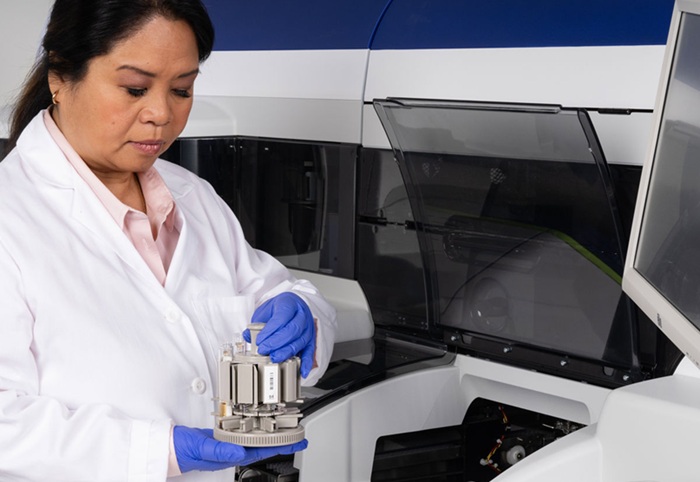
High-Sensitivity Troponin I Assay Aids in Diagnosis of Myocardial Infarction
Heart disease remains the leading cause of death for adults over 45 in the United States, accounting for nearly one in three deaths. In 2023 alone, 919,032 Americans died from cardiovascular disease —... Read more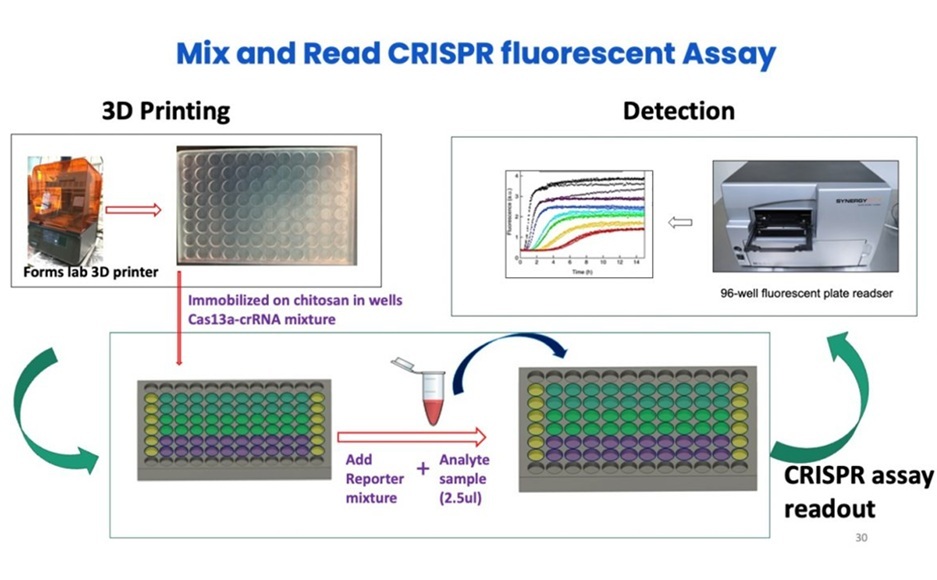
Fast Low-Cost Alzheimer’s Tests Could Detect Disease in Early and Silent Stages
Early diagnosis remains one of the greatest challenges in combating Alzheimer’s disease, the most common cause of age-related dementia. With symptoms like memory loss and confusion typically appearing... Read more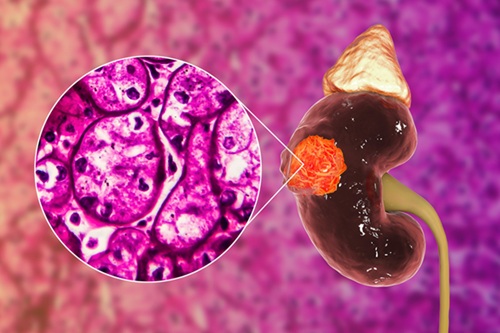
Further Investigation of FISH-Negative Tests for Renal Cell Carcinoma Improves Diagnostic Accuracy
Accurate diagnosis of renal cell carcinoma (RCC) is critical to determining the right therapy, but standard diagnostic methods can sometimes miss important genetic alterations. Now, researchers have discovered... Read more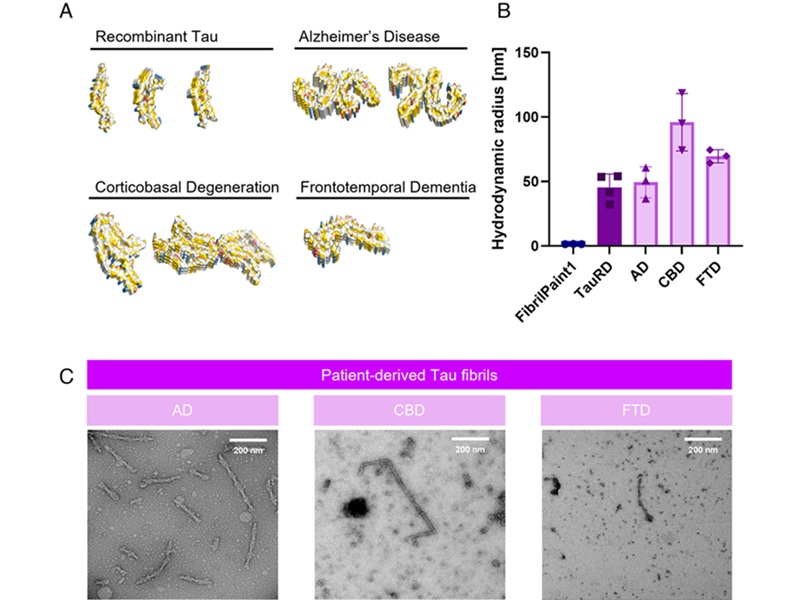
First Direct Measurement of Dementia-Linked Proteins to Enable Early Alzheimer’s Detection
The disease process in Alzheimer’s begins long before memory loss or cognitive decline becomes apparent. During this silent phase, misfolded proteins gradually form amyloid fibrils, which accumulate in... Read moreHematology
view channel
ADLM’s New Coagulation Testing Guidance to Improve Care for Patients on Blood Thinners
Direct oral anticoagulants (DOACs) are one of the most common types of blood thinners. Patients take them to prevent a host of complications that could arise from blood clotting, including stroke, deep... Read more
Viscoelastic Testing Could Improve Treatment of Maternal Hemorrhage
Postpartum hemorrhage, severe bleeding after childbirth, remains one of the leading causes of maternal mortality worldwide, yet many of these deaths are preventable. Standard care can be hindered by delays... Read more
Pioneering Model Measures Radiation Exposure in Blood for Precise Cancer Treatments
Scientists have long focused on protecting organs near tumors during radiotherapy, but blood — a vital, circulating tissue — has largely been excluded from dose calculations. Each blood cell passing through... Read moreImmunology
view channel
Chip Captures Cancer Cells from Blood to Help Select Right Breast Cancer Treatment
Ductal carcinoma in situ (DCIS) accounts for about a quarter of all breast cancer cases and generally carries a good prognosis. This non-invasive form of the disease may or may not become life-threatening.... Read more
Blood-Based Liquid Biopsy Model Analyzes Immunotherapy Effectiveness
Immunotherapy has revolutionized cancer care by harnessing the immune system to fight tumors, yet predicting who will benefit remains a major challenge. Many patients undergo costly and taxing treatment... Read moreMicrobiology
view channel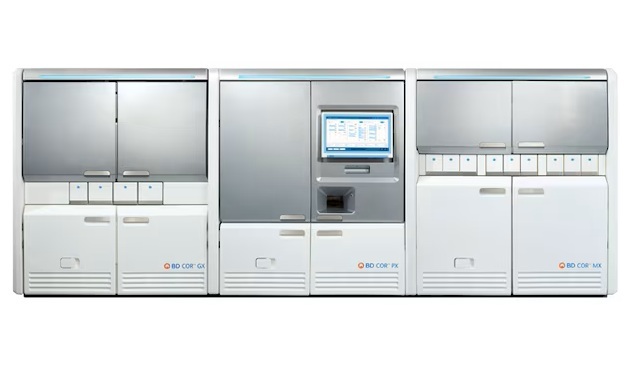
High-Throughput Enteric Panels Detect Multiple GI Bacterial Infections from Single Stool Swab Sample
Gastrointestinal (GI) infections are among the most common causes of illness worldwide, leading to over 1.7 million deaths annually and placing a heavy burden on healthcare systems. Conventional diagnostic... Read more
Fast Noninvasive Bedside Test Uses Sugar Fingerprint to Detect Fungal Infections
Candida bloodstream infections are a growing global health threat, causing an estimated 6 million cases and 3.8 million deaths annually. Hospitals are particularly vulnerable, as weakened patients after... Read moreTechnology
view channel
Portable Biosensor Diagnoses Psychiatric Disorders Using Saliva Samples
Early diagnosis of psychiatric disorders such as depression, schizophrenia, and bipolar disorder remains one of medicine’s most pressing challenges. Current diagnostic methods rely heavily on clinical... Read more
Cell-Sorting Device Uses Electromagnetic Levitation to Precisely Direct Cell Movement
Sorting different cell types—such as cancerous versus healthy or live versus dead cells—is a critical task in biology and medicine. However, conventional methods often require labeling, chemical exposure,... Read moreIndustry
view channel
Co-Diagnostics Forms New Business Unit to Develop AI-Powered Diagnostics
Co-Diagnostics, Inc. (Salt Lake City, UT, USA) has formed a new artificial intelligence (AI) business unit to integrate the company's existing and planned AI applications into its Co-Dx Primer Ai platform.... Read more






















